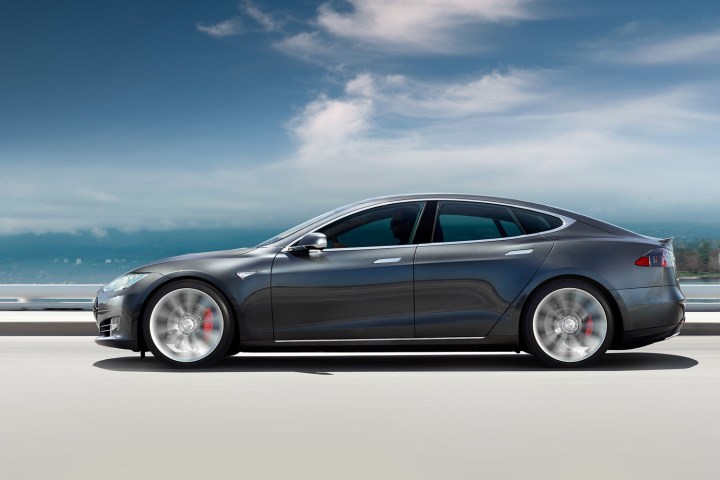
The stakes of failure are high; lives are at stake. The U.S. National Highway Traffic Safety Administration doesn’t yet have autonomous vehicle safety testing. So objective tests are needed. This week Motor Trend published its first version of what testing autonomous cars could look like.
Motor Trend tested adaptive cruise control and lane-keeping systems in four vehicles. Because the cars represented different autonomous driving technology levels, it was a driving assistance pre-test in which Motor Trend rolled back the curtain to explain how they designed the testing. With no familiar tests like zero-to-60 acceleration, they had to invent ways to measure the effectiveness of driver assistance features without letting the cars crash or run off the road.
Adaptive cruise control testing measured braking, distance between vehicles, and acceleration when following a lead car on a closed loop track. In the lane-keeping test, Motor Trend measured how often drivers touched the steering and the percentage of time their hands were on the wheel. To measure steering wheel touching the team covered the steering wheels with aluminum foil and recorded when a circuit was closed by a test driver touching the wheel with hands taped with wires.
The test cars were a Tesla Model S, a Mercedes-Benz S65 AMG, a Cadillac CT6, and a Hyundai Genesis 3.8. Each came equipped with the brand’s latest driver assistance tech. From the get-go, Motor Trend knew they were testing apples and oranges and subsequently didn’t choose winners and losers — it would not have been fair. The levels of driver-assistance technology offered in the cars varied significantly from, in order from least to most, Cadillac, Hyundai, Mercedes, and Tesla. Those levels directly affected the testing and that’s how the cars scored. Each of the tested brands has more advanced technology on the way.
So it’s not surprising that the Tesla did the best overall on the tests — the surprise would have been had it not. More significant than the actual test scores, is that autonomous car testing by unbiased groups has now begun. The full explanation of test methods and observations is in the Motor Trend report.



